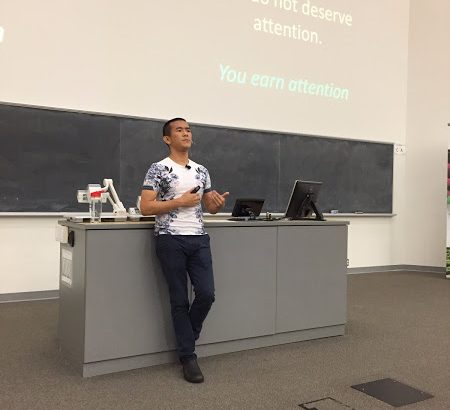
Robert Gooding-Townsend, Science in Society co-editor Can biotechnology bring back extinct species? If it can, should it? In her new book Rise of the Necrofauna, Britt Wray chronicles the nascent movement to bring back extinct species. She calls these resurrected creatures “necrofauna”, conjuring images of undead mammoths, passenger pigeons, and more. As compelling as the […]






